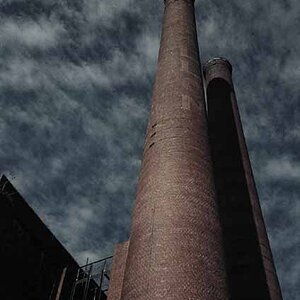wyogirl
Oh crop!
- Joined
- Jun 18, 2013
- Messages
- 1,593
- Reaction score
- 611
- Location
- South West Wyoming
- Can others edit my Photos
- Photos OK to edit
So-- lets chock this up to a live and learn kind of thing. I planned a camping trip to align with the new moon and specifically picked my campsite to overlook the southern sky with the Flaming Gorge in the shot. I have been wanting to photograph the night sky for quite some time, but decent weather in Wyoming is hard to come by and I'm just not die hard enough to go out in freezing, windy weather-- so I picked June for this excursion. The weather was mild, but cool overnight around 50 degrees F. The wind was (amazingly) not that bad and I had a wonderful view.
Low and behold, I go to my trusty camera bag only to find that I forgot the 2 most important things for this specific shoot.... my remote shutter release and my 11-16mm 2.8. DOH-- my inattentive ADHD was in full swing! OH well, I had a 28mm with me and I used the 10 second timer... ok-- lets get shooting.
I whip out my iphone and use a star chart app to figure out where to point my camera and discovered that the bright star in the sky was actually Saturn-- BONUS! OK, so I'm pretty stoked. I set up my tripod, get everything ready to go and realize that my camp neighbors lights are messing up my ideal composition that would allow me to get most of the milky way into my shot.... well crap-- at least I got Saturn.
I think I should have used a shorter SS and higher ISO so that my stars didn't start to get oblong, but for a first attempt I like it. I'll perfect it at a later date-- Ive got a night photography workshop next month.
1.)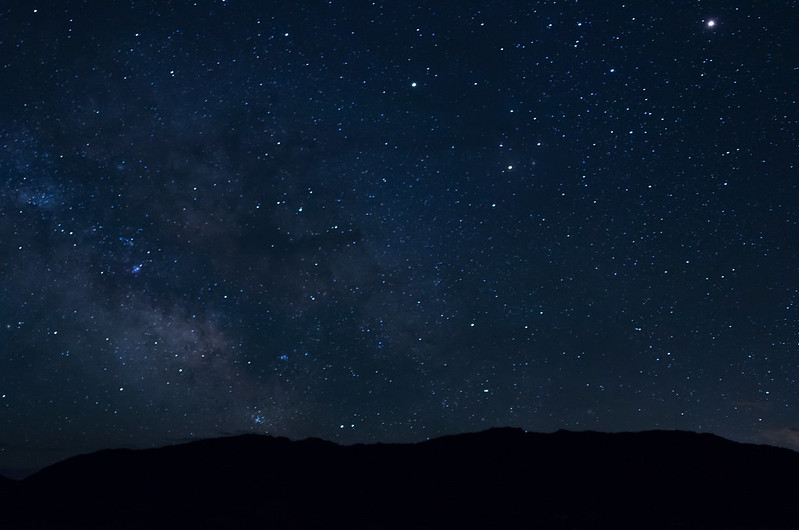 Night at Lucerne 1 by Amanda McClure, on Flickr
Night at Lucerne 1 by Amanda McClure, on Flickr
2.)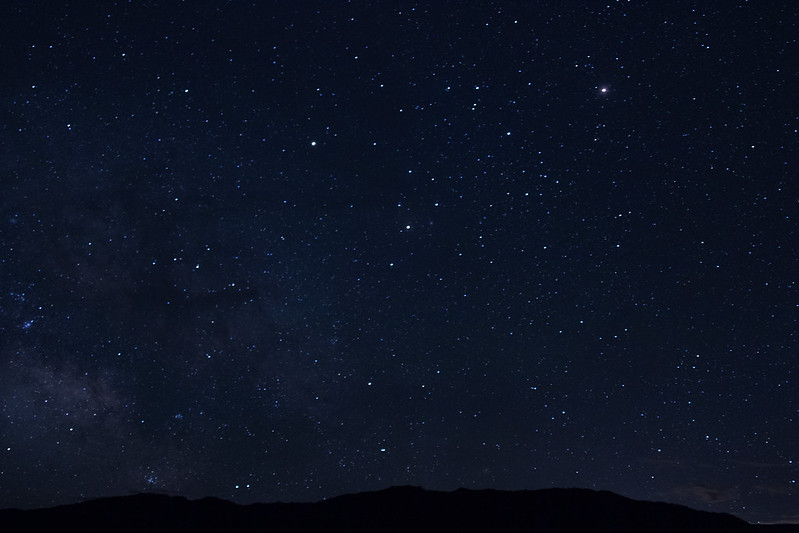 Night at Lucerne 2 by Amanda McClure, on Flickr
Night at Lucerne 2 by Amanda McClure, on Flickr
3.)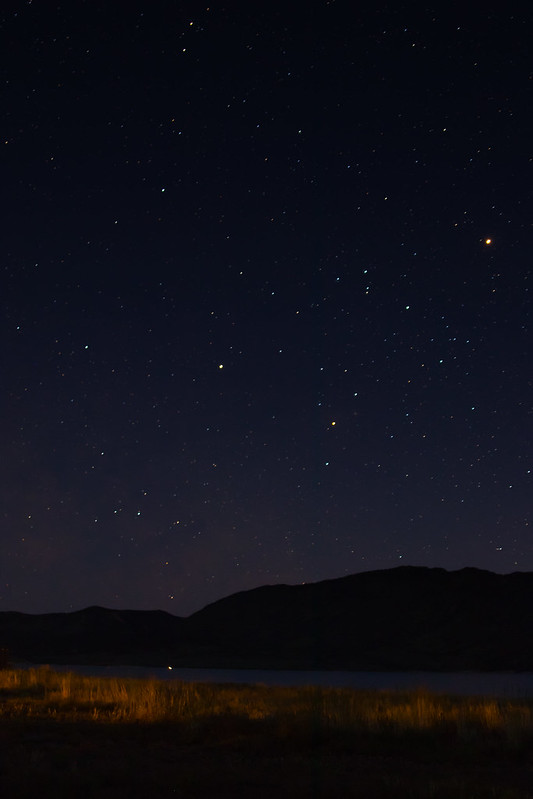 Night at Lucerne 3 by Amanda McClure, on Flickr
Night at Lucerne 3 by Amanda McClure, on Flickr
Low and behold, I go to my trusty camera bag only to find that I forgot the 2 most important things for this specific shoot.... my remote shutter release and my 11-16mm 2.8. DOH-- my inattentive ADHD was in full swing! OH well, I had a 28mm with me and I used the 10 second timer... ok-- lets get shooting.
I whip out my iphone and use a star chart app to figure out where to point my camera and discovered that the bright star in the sky was actually Saturn-- BONUS! OK, so I'm pretty stoked. I set up my tripod, get everything ready to go and realize that my camp neighbors lights are messing up my ideal composition that would allow me to get most of the milky way into my shot.... well crap-- at least I got Saturn.
I think I should have used a shorter SS and higher ISO so that my stars didn't start to get oblong, but for a first attempt I like it. I'll perfect it at a later date-- Ive got a night photography workshop next month.
1.)
 Night at Lucerne 1 by Amanda McClure, on Flickr
Night at Lucerne 1 by Amanda McClure, on Flickr2.)
 Night at Lucerne 2 by Amanda McClure, on Flickr
Night at Lucerne 2 by Amanda McClure, on Flickr3.)
 Night at Lucerne 3 by Amanda McClure, on Flickr
Night at Lucerne 3 by Amanda McClure, on Flickr

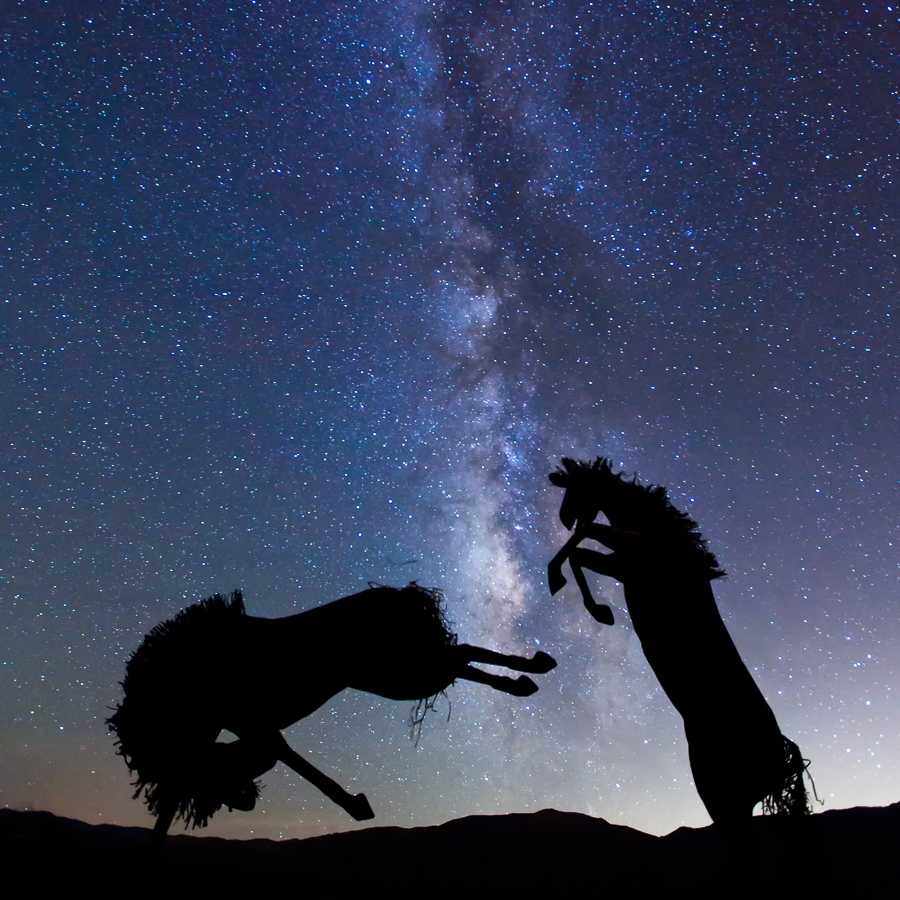
![[No title]](/data/xfmg/thumbnail/32/32631-60d0db057ee085953a0921e337396654.jpg?1619735552)
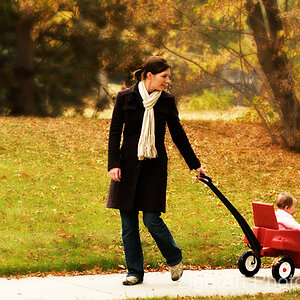
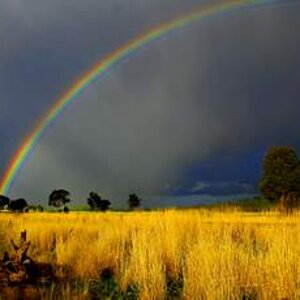
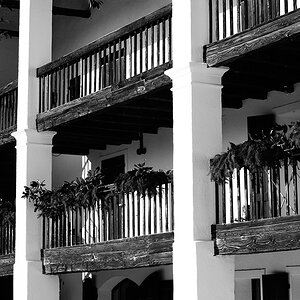

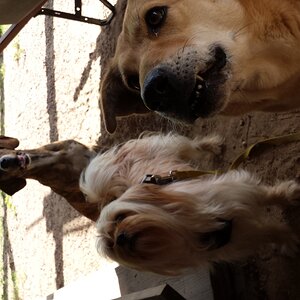
![[No title]](/data/xfmg/thumbnail/37/37119-95714aab9befe33ecb7b951366bedc94.jpg?1619737883)

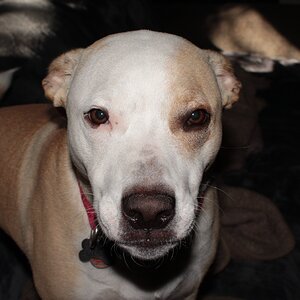
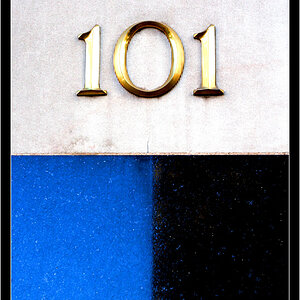
![[No title]](/data/xfmg/thumbnail/32/32632-476f3d925401f13cffe1cc2b41945614.jpg?1619735553)
